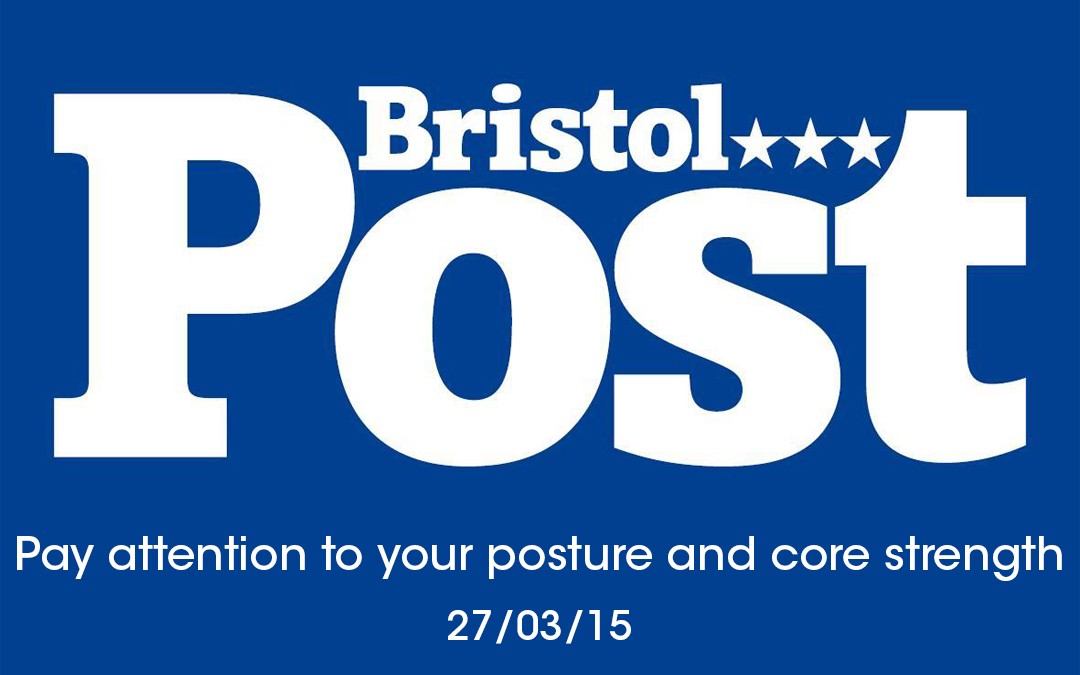
by Charles Herbert | Apr 14, 2015 | Blog, Media |
Back pain: Pay attention to your posture and core strength Core strength and stability is concerned with all the muscles that are found in, or attached to, the torso. Of course this includes the abdominals, but also involves muscles of the lower back, hips, pelvic floor and diaphragm. The relationship of these muscles and how they work together is key to maintaining body stability. Weakness in these muscles causes poor posture and can lead to pain in the back, shoulders, hips or even lower limbs. Executing 100 sit-ups a day won’t give you a solid core, but keeping all these muscles in good shape will help protect from injury during everyday movements, lifting or playing sports. Training your core muscles will also help you to have a smaller waist and a flatter stomach and may also mean the difference between requiring or avoiding surgery. Weekend asked three health and medical experts for their opinion on the importance of core strength. All agreed that in terms of preventing injury and pain, a sedentary lifestyle and poor posture have a lot to answer for. Matt Poulter, co-director at The Chiropractic Centre, Clifton “Core stability has, in recent times, become a buzz word and, as such, it’s easy to think that strengthening it is a cure-all for everything. In my experience, however, lifestyle and the type of job you do are huge factors influencing health, wellbeing and posture. A less active lifestyle can lead to a weak or imbalanced core, but it also reduces joint flexibility and muscle strength. “These problems can build up undetected over a period of years and then,...
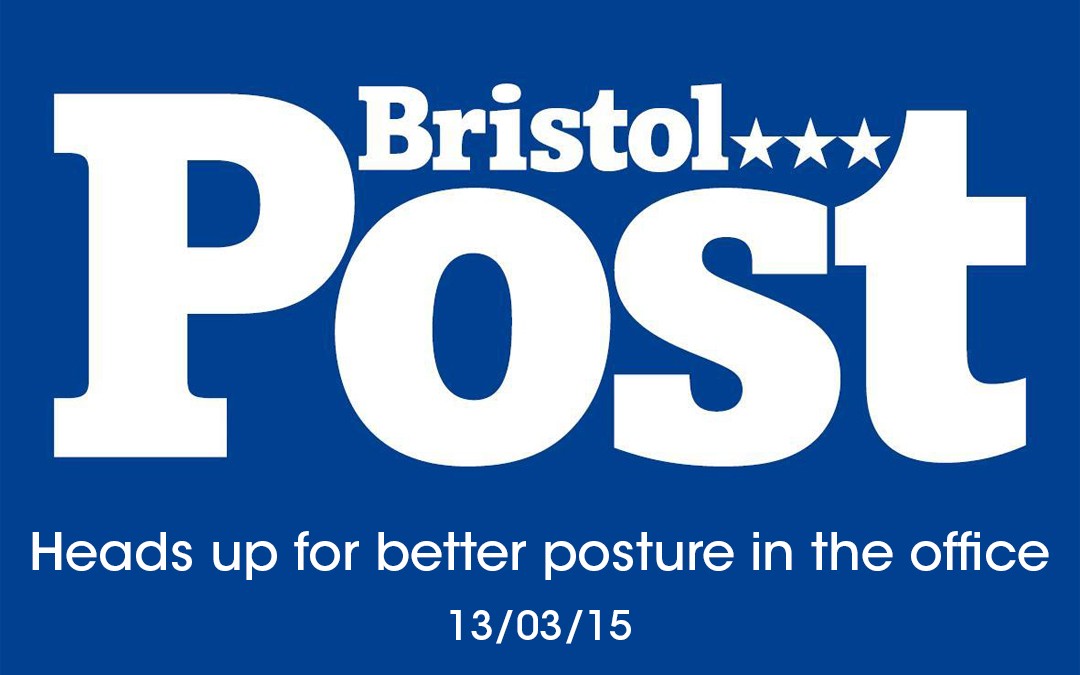
by Charles Herbert | Mar 27, 2015 | Media |
Back pain: why we should all be taking more care to stand tall According to the charity Back Care, back pain is the second most common cause of absence from work in Britain. Every year more than four million working days are lost as a result of back pain and, on average, an employee with back pain takes 17 days off to recover from an episode. Chances are you won’t know there’s a problem until it manifests in pain, at which point you may head to a GP, or perhaps a physiotherapist or a chiropractor. Bristol chiropractor Charles Herbert, who’s based in Clifton with business partner Matt Poulter, is aiming to turn this scenario on its head. On the basis that prevention is better than cure, he and Matt want to start visiting Bristol offices to talk to workers about posture and the best way to set up a desk environment and to give general advice about good spine maintenance. “It’s an ambition we have to get Bristol healthy,” says Charles. “We are the Green Capital of Europe and a ‘healthy’ city, so why not be the healthiest individuals as well? “Going into offices is something we’re going to roll out, but we have big plans. It’s something new we haven’t done before in this way – and it’s a case of putting it into a package that companies can offer their employees to see what can be done to make people have fewer days off work. “I’d say the majority of our patients sit in an office. The most common postural problem for office workers is the head lolling forward....
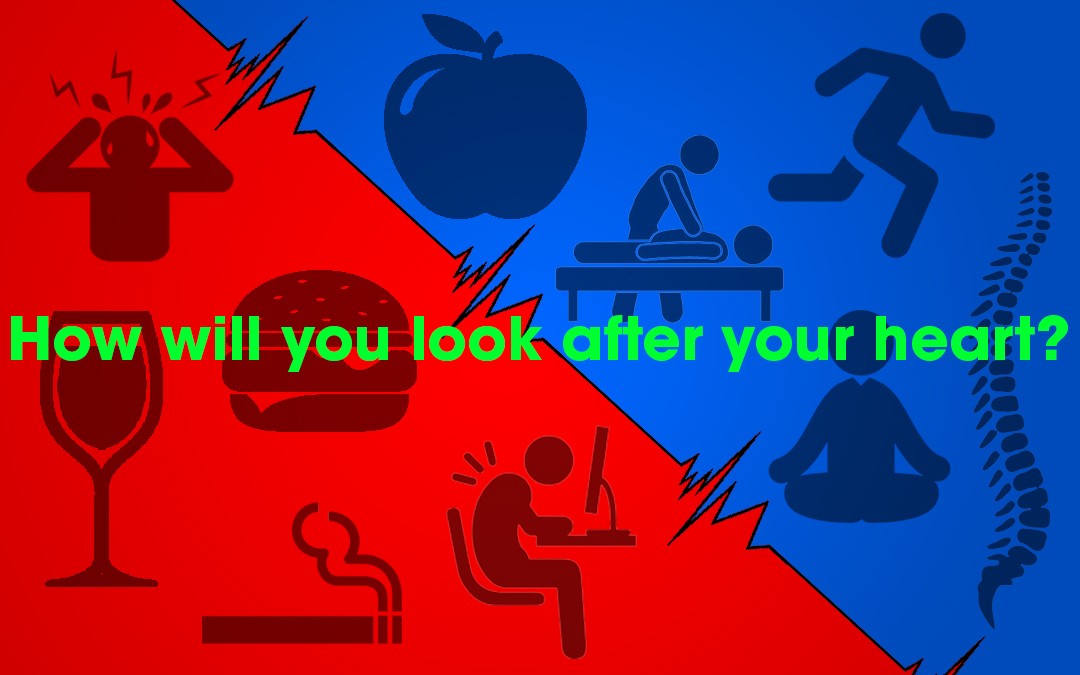
by Charles Herbert | Mar 3, 2015 | Chiropractic |
Chiropractic and High Blood Pressure According to Blood Pressure UK, approximately 16 million people in the UK have high blood pressure (hypertension). This is significant as high blood pressure is the main risk factor for stroke and a major risk factor for heart attack and failure. So how do we maintain our blood pressure at a risk free level? The most commonly cited steps for helping lower high blood pressure are: Maintain an active lifestyle and regularly exercise Eat a natural, balanced diet with reduced levels of salt Reduce stress levels Maintain an ideal weight for your height and build Limit and avoid regular alcohol and caffeine consumption Stop smoking Medication These steps are well known and documented, however research is starting to suggest Chiropractic may help?! How can Chiropractic help high blood pressure A study conducted at The University of Chicago Hypertension Center has found a dramatic reduction in blood pressure following Chiropractic Adjustments. After 8 weeks of Chiropractic Adjustments to their Atlas (top of their neck) vertebrae, 25 patients with high blood pressure saw a significant and sustained reduction in their blood pressure compared to the 25 similar people who had a sham procedure. George Bakris M.D, the study leader stated “This procedure has the effect of not one, but two blood pressure medications given in combination”. 8 weeks after Chiropractic care the reduction in blood pressure was the same as taking two medications Another research group looked at the change in blood pressure after a similar Chiropractic Adjustment in the neck on young people who had normal blood pressure and found no change in their blood...
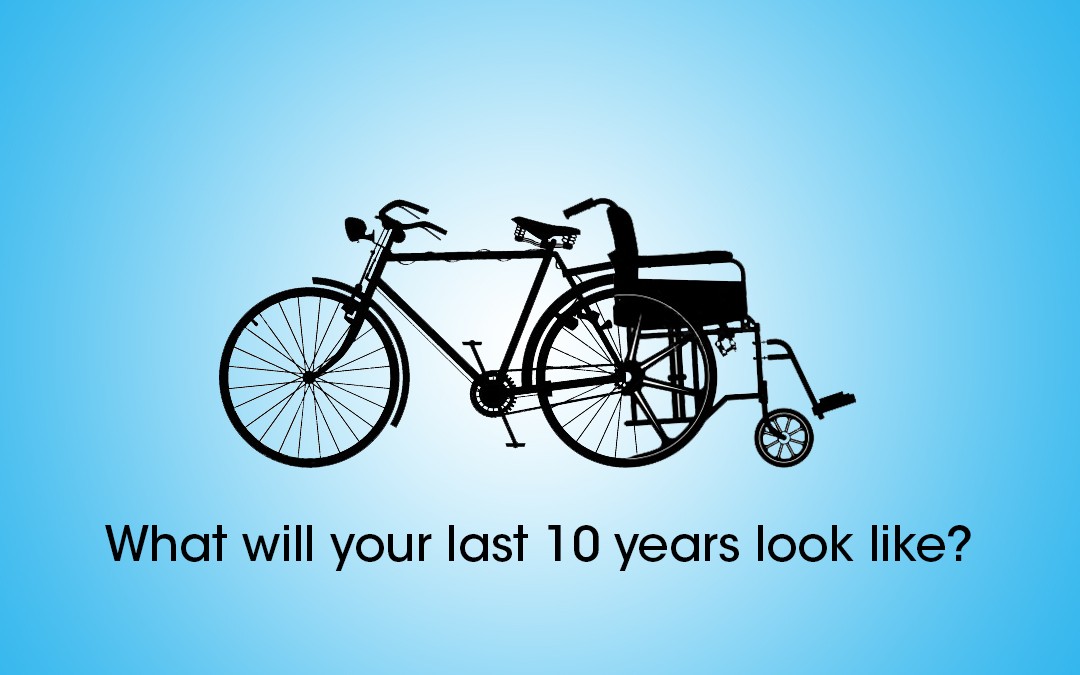
by Charles Herbert | Feb 28, 2015 | Blog, Chiropractic |
How do you want to age? What will your last 10 years look like? Will you be quick enough to play with your grandchildren? Strong enough to embrace every moment? Will you grow old with vitality or will you succumb to old age? Your posture is a good indicator of how well you will age. When you have good posture your nerves and body will be able to work and function the way they are supposed to. However, with most of us now spending nine hours a day sitting down, our sedentary modern lifestyles are fast becoming a serious threat to our health. These prolonged periods of inactivity not only increase our risk of obesity they also affect our body shape and posture, which can, in turn, lead to a whole range of health problems. It is therefore no surprise that sitting has been blamed as the new smoking! Poor posture over time changes the shape of your spine and affects your health Modern technology sees many of us hunch over our smartphones and sitting slumped in front of a computer for hours. It’s these commonly adopted positions that can lead to a loss of the essential cervical (neck) curvature. Another change often seen is a thoracic hyperkyphosis, which is sometimes referred to as ‘Dowagers Hump’ – this is an exaggerated curve backwards of the middle of the back. These changes in the shape of your spine can impair mobility and balance as we age and increase the risk of falls and fractures. It is known that those with a hyperkyphotic posture have a 44% greater risk of mortality than those without. The increased risk of death presented by a...
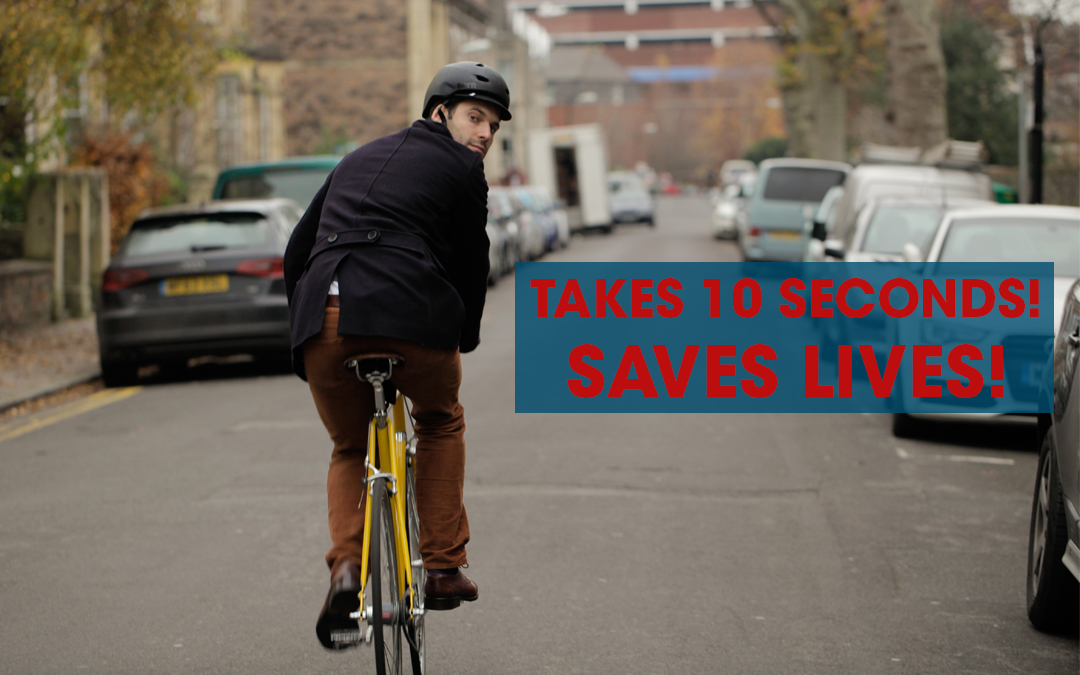
by Charles Herbert | Dec 13, 2014 | Chiropractic |
Most cyclists haven’t done this lifesaving safety check! Cyclists invest a lot to make sure they are seen by others on the road; flashing lights, high visibility jackets and the trusty bell. This helps prevent a huge number of serious accidents. However, it’s not only important for others to see you, you also need to look out for other road users too. Cars have mirrors to see what’s behind them. The only person I’ve seen with a mirror on their bike is my father-in-law. Therefore, everyone else has to twist and look. So what happens if you have a dodgy neck and you can’t see behind you? How do you test if you can safely see behind you? Do this simple test. Step 1: Sit on your bike holding on to the handle bars as you would when you’re cycling. Step 2: Turn to see if you can look directly behind you. It should be easy to do and not cause any discomfort. Make sure you do this in both directions, although you’ll mostly look over your right shoulder (in left-side driving countries) it’s important to be able to look both ways. If you can do it then get out and enjoy cycling the city. If you can’t, then we need to look into what is preventing you from turning fully and creating a dangerous ‘blind spot’ behind you. Where does rotation come from? Well most people can answer this, you turn your neck! Your neck should be able to rotate your neck to around 90º (able to look directly over your shoulder), 45-50% of this coming from your atlantoaxial joint (right...










